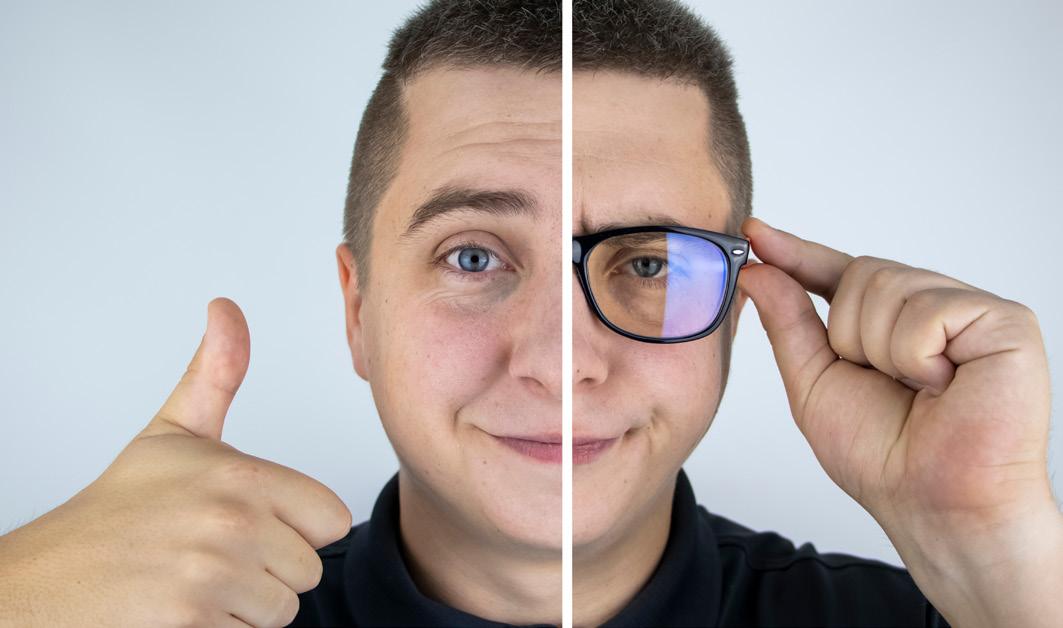ATARACT
MULTIFOCAL IOL
The Jig is Up An Honest Comparison of Visual Performance in Multifocal IOLs by April Ingram
Once upon a time (in the West) In a not so distant past, the new hightech IOLs were bifocal multifocal IOLs that provided two foci of sharp vision, distance and additional power for near. However, the image quality at intermediate distances was less than ideal. Eventually, trifocal multifocal IOLs came to the rescue and provided the intermediate focus that was lacking in the bifocal IOLs. This technology was also needed for intermediate tasks like computer use, while also delivering good visual acuity at both near and distance.
6
“New IOL technologies are being designed to extend the range of vision of presbyopic patients after cataract surgery,” Dr. Zapata-Díaz explained. “The total depth-of-focus of the new multifocal implants is probably the most important information for surgeons and patients.” Dr. Zapata-Díaz and his colleagues recognize that being spoiled for choice comes with its own challenges on how to select the best IOL for the patient and how to compare IOLs. “The market of multifocal implants is evolving rapidly with lots of new different technologies, making it difficult to do a direct comparison between them,” he said. “Hence, my colleagues and I want to give important information about some of the new premium multifocal intraocular lenses in the market.”
A
dvancements in intraocular lens (IOL) design and functionality have changed the outcomes and expectations of both surgeons and patients. Today, the decision of which lens to choose is far removed from the hardscrabble days of the Old West, where a cowboy simply had to decide between the saloon’s finest whiskey or ale to cap his journey. IOLs are way more complicated than that.
de Investigaciones Clínicas, Vista Ircovisión Oftalmólogos, Murcia, Spain, to help us break it all down. Their study¹ was recently published in the Journal of Refractive Surgery.
As technology improved, patient and surgeon expectations heightened. The three foci of sharp vision from trifocal IOLs came with disappointing gaps of poor image quality between them. Today, we have extended depth of focus (EDOF) lenses that come with the promise of an extended range of sharp vision across a continuum from far to intermediate distances. These premium multifocal IOLs provide the ability to compensate for the loss of near and intermediate vision due to presbyopia by restoring functional vision at several distances. But hold your horses … there are still so many options of EDOF IOLs in the market. So, how do you choose? Are all EDOFs created equal?
Howdy! Doctors to the rescue! Luckily, we have Dr. Juan F. Zapata-Díaz and colleagues from the Departamento
| March/April 2021
The team designed a study that compared the in vitro optical performance of five premium multifocal IOLs, using a single-valued metric that shows the total range of distances where a specific multifocal IOL generates an acceptable image quality. Dr. Zapata-Díaz explained: “Our new metric is intended to provide this information to the ophthalmology community.”
A new metric? Well, that’s a bee in your bonnet... Why do we need a new metric? Don’t we currently have a way to compare? The authors explained in their publication the challenges of comparing subjective visual outcomes between multifocal IOLs due to inter-subject variability in the eye’s optical parameters. The International Organization for Standardization provides guidelines to determine the image quality of ophthalmic implants, including two model eyes in which the IOL should be




